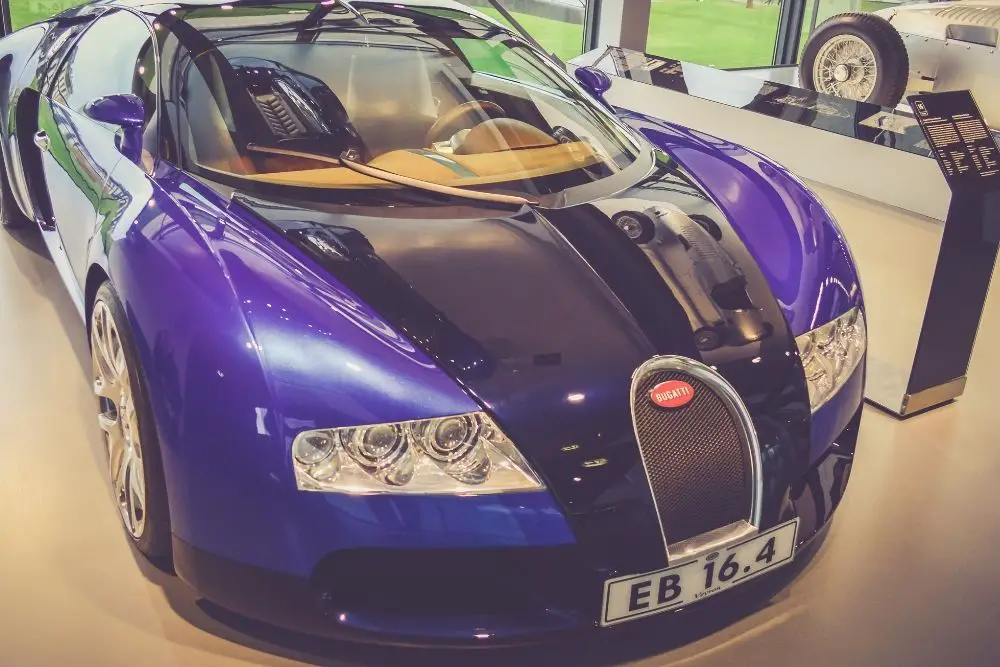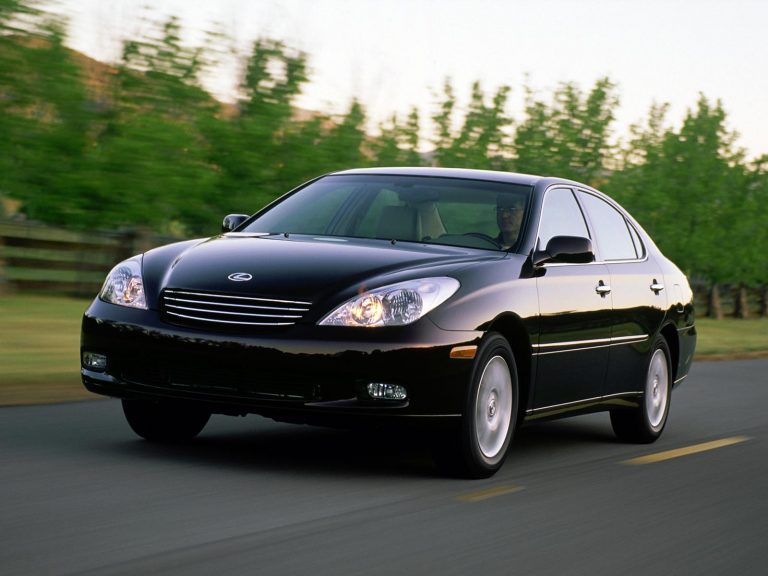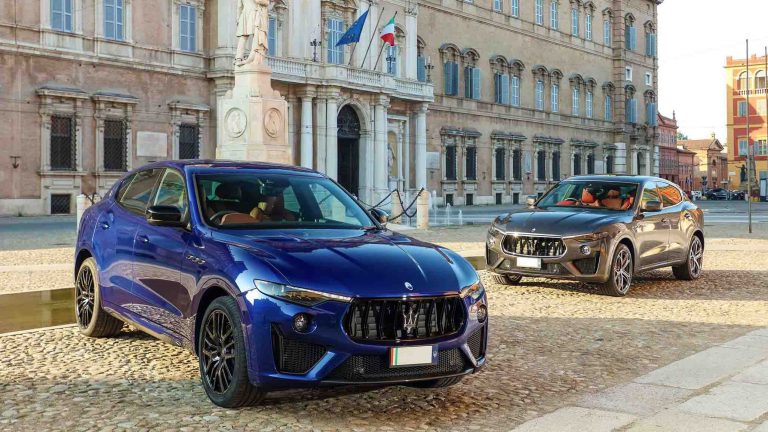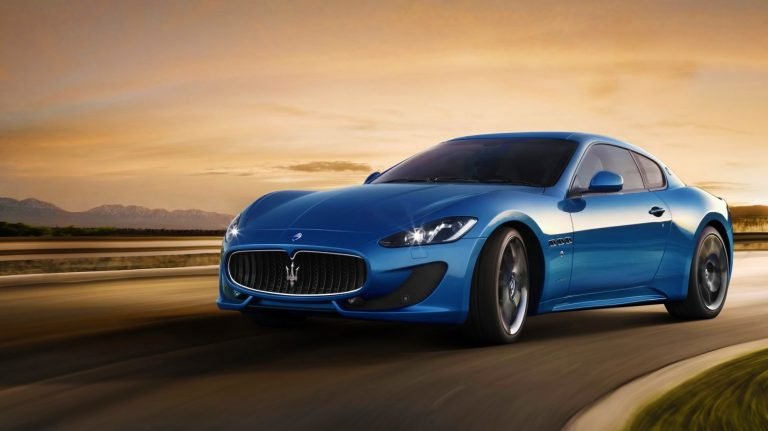What Country is Bugatti From? (Detailed Answer)
Everyone who’s even a little bit into cars (and, really, most people who aren’t) know the name Bugatti. The word conjures up images of unmatched class, elegant style, and furious speed. Bugatti’s certainly earned its near-mythical status as the king of high-performance sports cars. But where does it come from?
Some people might just see the name Bugatti and say “Italy”. They’re sort of right, but only sort of. The story of Bugatti’s origins has a few more twists to it than that, and you can only really answer the question of which country Bugatti is from by taking a deep dive into the brand’s history.
The birth of (Ettore) Bugatti
The company was founded by Ettore Bugatti. Bugatti was born in Milan, Italy in 1881 to two Italian parents, Carlo Bugatti (a designer of furniture and jewelry) and his wife, Teresa Lorioli. As you can see, we’re still firmly in Italian territory so far. Indeed, the first car that the young Bugatti ever designed (the Bugatti Type 1) was made for and produced by the Prinetti & Stucchi company in his native Milan.
Bugatti continued to work for the company until his next model (the Bugatti Type 2) won a prize at the 1901 Milan Trade Fair. This caught the attention of Baron Adrien de Turckheim. The baron offered Bugatti a job designing cars at his factory in Niederbronn, which was in Germany at the time.
Bugatti leaves Italy
Buggati accepted the baron’s offer and relocated to Niederbronn, where he designed cars for a number of years. He designed several models for de Turckheim’s company, Dietrich-Lorraine (the Bugattis Type 3 through 7). These were identified as “De Dietrich, License Bugatti”.
He left the company in 1904 to go into business with his friend, the Frenchman Émile Mathis. The cars they produced were given the name “Mathis-Hermes (License Bugatti)”. This arrangement lasted until 1906 when Bugatti left to do work with other car companies, both German and French.
Founding Bugatti and becoming a great name
In 1909, Bugatti founded the company that bears his name in the village of Molsheim. This is where things start to get slightly blurry. Molsheim is in a region called Alsace. Today, Alsace is part of France. In 1909, however, it was part of Germany, which had taken it from France in the Franco-Prussian war of 1870.
Bugatti’s early designs for his new company saw great success, including a model that won the first ever Monaco Grand Prix. He went on to design a wide range of prototypes, racing cars, and road cars, including many that are regarded as being some of the greatest classic cars ever made.
However, his business suffered during the First World War, when he was forced to leave his home in Alsace. The business recovered during the years after the war but was damaged even more seriously by the Second World War. His factory in Molsheim was destroyed and the company lost control of it, leaving Bugatti with an uncertain future.
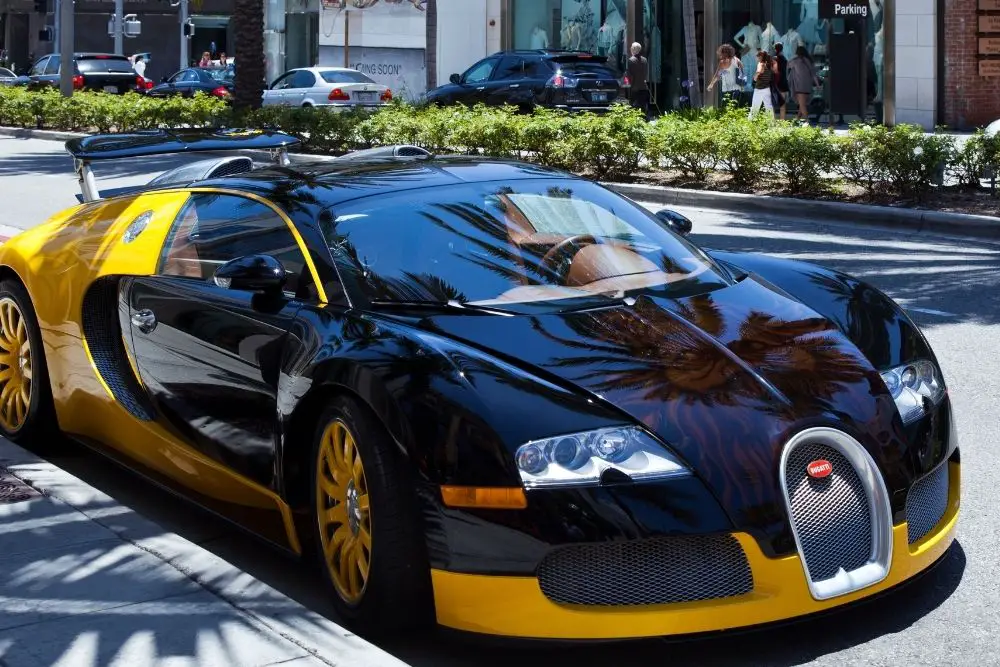
The death of the founder…and the company?
Ettore Bugatti died in 1947 and the earlier death of his son in 1939 meant that he left no real successor to lead the business into the future. The company entered a period of severe financial difficulties and produced only one more model of car (the Bugatti Type 101) before ceasing production of cars altogether in 1952.
The company continued producing parts for aircraft until 1963 but for all intents and purposes, the original incarnation of Bugatti was finished.
Revival
This wasn’t the end of Bugatti, however. An Italian businessman, Romano Artioli, bought the rights to the Bugatti name in 1987 and established a company with that name in Modena, Italy.
This was something new – Ettore Bugatti had been from Italy, of course, but no company using his name had been based in his homeland before. The brand received a boost in this era from the F1 legend Michael Schumacher, who bought an EB110 in 1994. The company produced several models, but ran into financial problems in the recession-hit 1990s, ceasing operations again in 1995.
Purchase by Volkswagen
The Volkswagen Group bought the rights to the Bugatti name in 1998 and set up a French subsidiary company to design and manufacture new Bugatti cars. This subsidiary is French-registered and is headquartered in the same Molsheim where Ettore Bugatti founded the company in 1909.
Molsheim, though, is now in France, not Germany – the region returned to France after the First World War. In this form, Bugatti has made a string of cars including the world-famous Bugatti Veyron. Its latest model is the Bugatti Chiron, which was first presented to the world at the Geneva International Motor Show in 2016.
Conclusion – an international brand?
There is still some debate to this day about whether Bugatti is a French brand, an Italian brand, or something else. Some reply to these arguments by saying that it’s actually an international brand, something that can’t be claimed exclusively by just one country. We think there’s something in this.
The question of what country Bugatti comes from is harder to answer definitively than it is for most other car companies. As we’ve seen, it includes elements from Italy, Germany, and France. In our opinion, this really does make it a truly international company and brand. The dreams and visions of an Italian man were refined and molded in a region with a dual French and German cultural identity, and the descendant of the original company is headquartered in France.
Maybe this unique fusion of cultures is part of what makes Bugatti so special and gives it the mystique that makes it the envy of car lovers the world over. Now you know all about the company’s colorful history you can make your own decision. Do you think it’s truly an international brand, or does France, Italy, or Germany have a greater claim than the others? Let us know what you think in the comments!

